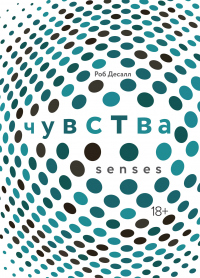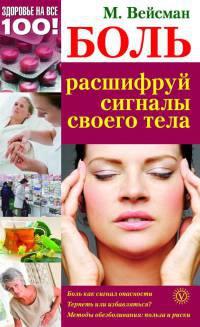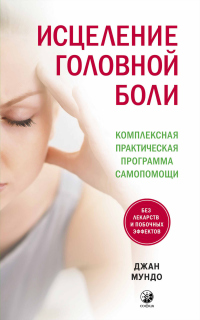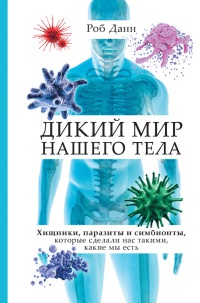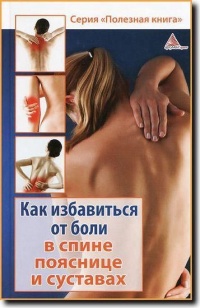Книга Познавая боль. История ощущений, эмоций и опыта - Роб Боддис
Читать книгу Познавая боль. История ощущений, эмоций и опыта - Роб Боддис полностью.
Шрифт:
-
+
Интервал:
-
+
Закладка:
Сделать
Перейти на страницу:
Перейти на страницу:
Книги схожие с книгой «Познавая боль. История ощущений, эмоций и опыта - Роб Боддис» от автора - Роб Боддис:
Комментарии и отзывы (0) к книге "Познавая боль. История ощущений, эмоций и опыта - Роб Боддис"








